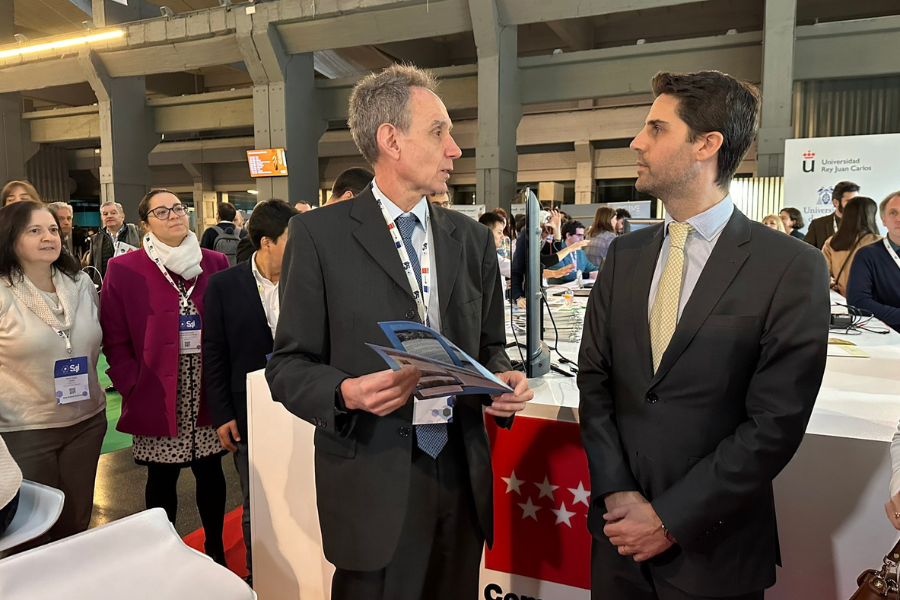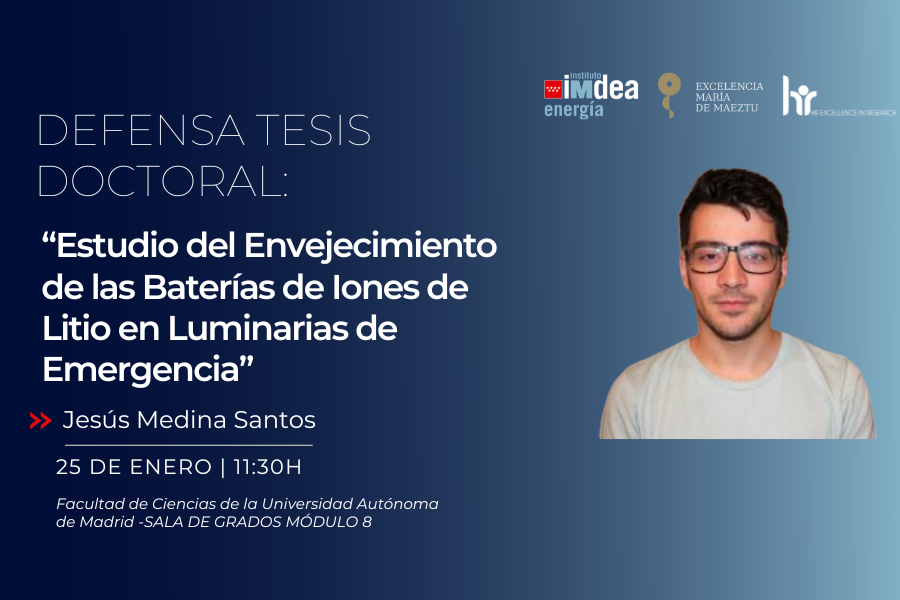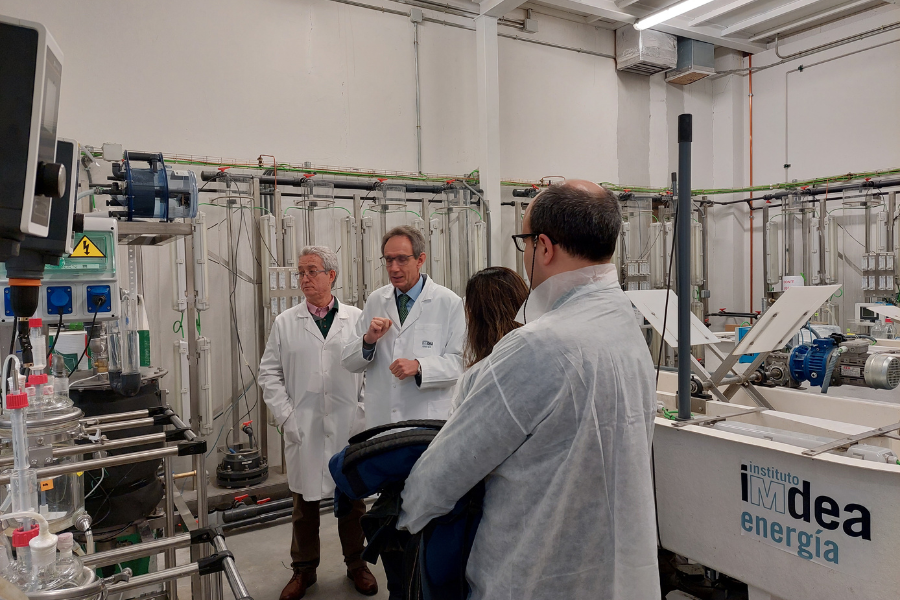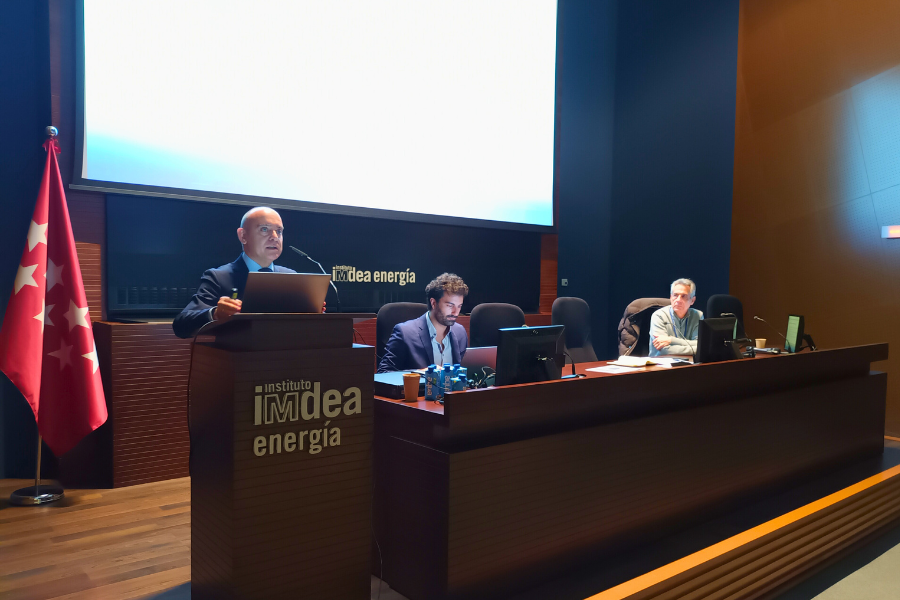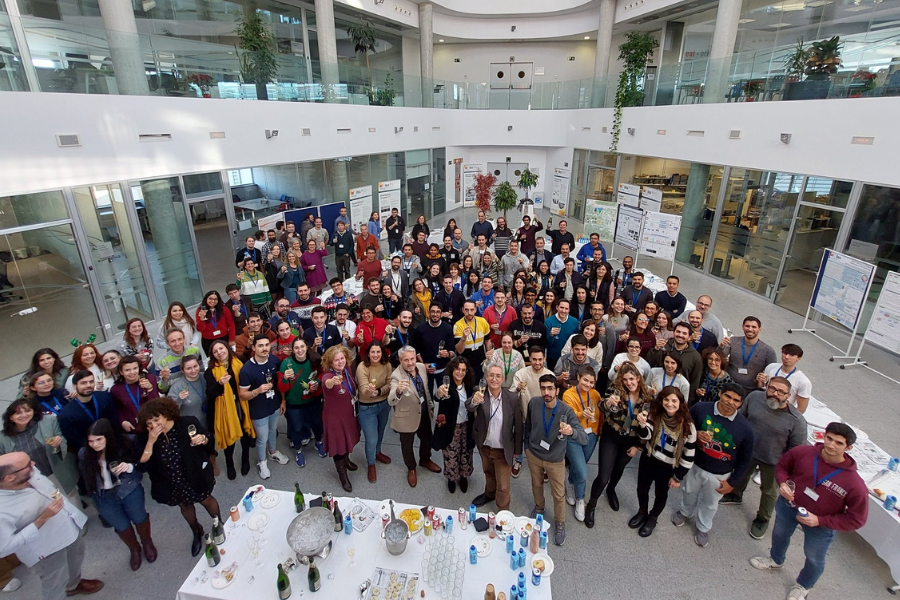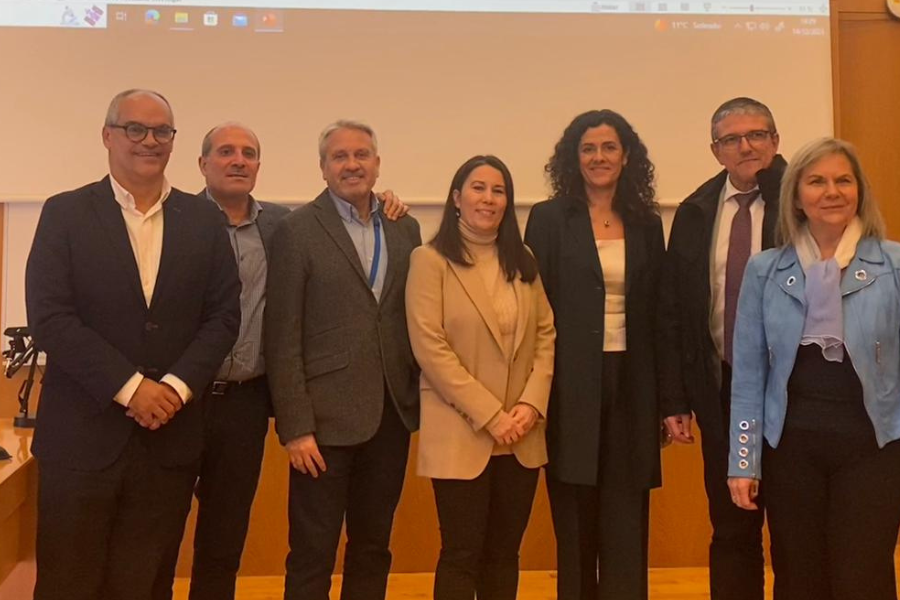The technology developed by IMDEA Energy stands out at the Science for Industry S4i forum.
Institute IMDEA Energy has participated in the stand of the IMDEA Institutes network in the Madrid Regional Government Pavilion at the Science for Industry, S4i forum, which brought together on January 18 and 19 the main research centers, universities, large innovative corporations, technology-based companies and other players in the innovation ecosystem.
IMDEA Energy Institute was represented by the Head of Development and Technology Transfer, Felix Marin, who attended the visit of a delegation of large corporations from the energy sector with representatives from ABB, Acciona, ArcelorMittal, Cepsa, EDP, Elewitt, Enel, Ferrovial, Naturgy, Repsol and Sacyr, among other companies. It also attended the visit of an institutional delegation from the Community of Madrid headed by the Regional Minister of Education and Universities, Emilio Viciana, with the presence of the Director General of Research and Technological Innovation, Ana Isabel Cremades, and the Deputy Director General of Technological Innovation, Vicente Parras, among other authorities.
The meeting also served to present and discuss specific projects and technologies in face-to-face meetings with representatives of some of the large corporations that visited the stand and with other companies such as Catalyxx, Prosegur, Tecnac or W’wave.

